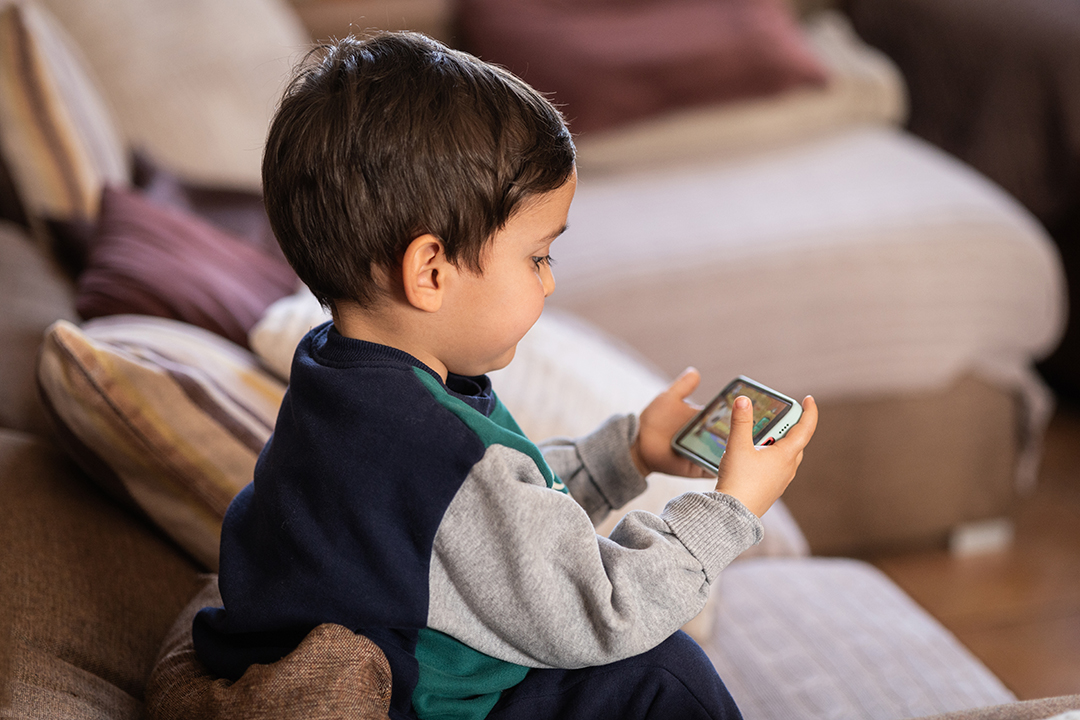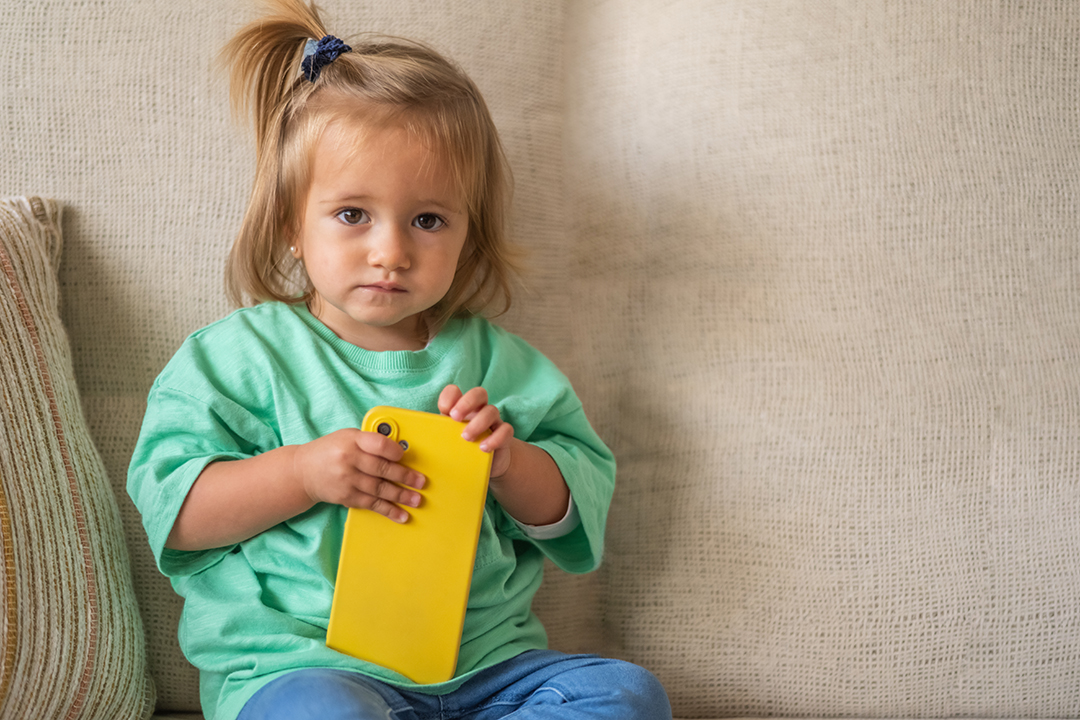A 2025 multi-site examine led by Dawson and colleagues evaluated a cell app known as “SenseToKnow,” designed for accessible, early autism screening in toddlers. Caregivers used the app at dwelling, the place it introduced brief movies and a bubble-popping recreation to elicit a variety of social and attentional responses. These behaviours had been analysed utilizing pc imaginative and prescient and machine studying. Amongst 620 toddlers aged 16–40 months, the app confirmed excessive accuracy in figuring out autism, performing comparably to established screeners. The outcomes counsel digital approaches as a promising option to make early identification extra accessible, goal, and equitable for all households.
Addressing Gaps in Early Autism Identification
Most early screening depends on father or mother questionnaires, such because the Modified Guidelines for Autism in Toddlers (M-CHAT). Whereas useful, these checklists can produce variable leads to real-world settings and could also be much less correct for youngsters from numerous backgrounds. Latest advances in digital well being provide alternatives to boost early identification. Pc imaginative and prescient and machine studying can objectively seize variations in consideration, social communication, and play—with out relying solely on father or mother report. Instruments that use cell gadgets may also help attain extra households, together with those that face limitations to in-person analysis.

Digital instruments may also help make early autism identification extra accessible and aware of household wants.
What Was Studied and What Was Discovered
Dawson and colleagues developed and examined the SenseToKnow cell app, designed for caregivers to make use of at dwelling with toddlers aged 16 to 40 months. The app contains a collection of brief, participating movies and a bubble-popping recreation, inviting youngsters to indicate their pursuits, responses, and methods of interacting. The machine’s digicam data these moments, and algorithms analyze options like gaze, facial features, motion, and the way a baby responds to their title. The app then calculates an individualized “autism chance” rating utilizing fashions educated on video information labeled by professional clinicians, drawn from youngsters with and with out autism, to detect behavioral patterns linked to early autistic improvement.
On this examine, 620 toddlers and their households took half throughout a number of websites, representing a broad vary of backgrounds. After the house evaluation, all youngsters obtained an intensive analysis from clinicians utilizing gold-standard measures just like the Autism Diagnostic Statement Schedule (ADOS-2), with clinicians making diagnostic selections based mostly on holistic data.
Key findings: 1. The SenseToKnow app confirmed robust accuracy in recognizing autistic improvement, with an space underneath the curve (AUC) of 0.92, sensitivity of 83.0%, and specificity of 93.3%. 2. The app carried out persistently throughout completely different ages, genders, and racial/ethnic backgrounds. 3. Notably, the digital screener recognized some autistic youngsters who had been missed by established screeners just like the M-CHAT. 4. Combining the app’s scores with conventional questionnaires additional improved identification. 5. Caregivers discovered the app easy and fast, with most finishing it in lower than 20 minutes.
The authors spotlight that digital behavioral instruments can provide scalable, goal information to complement father or mother {and professional} observations. By enabling screening at dwelling, apps like SenseToKnow could help households in a variety of communities and assist cut back limitations to earlier recognition and help.

App-based instruments empower households to take part in screening in snug, acquainted settings.
Subsequent Steps for Analysis and Follow
Dawson and colleagues encourage additional analysis to grasp how digital screening suits inside broader programs of help and care. They suggest that future work: First to review long-term outcomes and sensible advantages of app-based screening in numerous settings. Secondly to discover methods to combine digital and conventional approaches, aiming for holistic, individualized pathways to help. And at last, to take heed to caregivers, autistic people, and communities to make sure instruments are inclusive, respectful, and handle real-world wants. The authors emphasize that continued collaboration amongst households, clinicians, researchers, and autistic advocates is crucial for creating instruments that replicate a variety of experiences and promote equitable entry to help.

Subsequent steps embrace ensuring digital screening works effectively for all households and communities.
Conclusions
The SenseToKnow app gives a promising, user-friendly possibility for early autism identification, with excessive accuracy and broad applicability. By utilizing digital behavioral patterns noticed in naturalistic settings, such approaches may also help cut back limitations and enhance well timed entry to sources and help. Ongoing analysis will make clear how these instruments match inside family-centered, strengths-based care.

Digital screening could assist extra households entry data and help in ways in which match their wants.
The place subsequent?
This convention, brings collectively 4 main specialists to discover distinct but interconnected matters: early detection, co-occurring psychological well being challenges, participatory approaches, and evidence-based helps for adolescents and younger adults. With a concentrate on sensible instruments, rising fashions, and inclusive innovation, this convention is crucial for professionals working to enhance outcomes for autistic youngsters, teenagers, and their households.
An outstanding line-up consists of: Professor Sven Bölte, Professor Geraldine Dawson, Affiliate Professor Georgia Pavlopoulou, and Professor Susan White.
Use the interactive programme beneath to achieve an summary of the subject, meet the audio system, check your information, and an entire lot extra!
NB this weblog has been peer-reviewed
References
• Dawson, G., Krishnappa Babu, P. R., Di Martino, J. M., Aiello, R., Eichner, B., Espinosa, S., et al. (2025). Validation of a Cell App for Distant Autism Screening in Toddlers. NEJM AI, 1–12. https://ai.nejm.org/doi/abs/10.1056/AIcs2400510
• Pierce, Okay., Gazestani, V. H., Bacon, E., et al. (2022). Eye-tracking reveals irregular visible desire for geometric photos as an early biomarker of an ASD subtype related to elevated symptom severity. Organic Psychiatry, 92(8), 665–674. https://doi.org/10.1016/j.biopsych.2022.06.014
• Whitehouse, A. J. O., Varcin, Okay. J., Alvares, G., et al. (2017). Developmental behavioral interventions for youngsters with autism spectrum dysfunction: An outline. Present Opinion in Psychiatry, 30(2), 91–97. https://doi.org/10.1097/YCO.0000000000000315
• Lord, C., Charman, T., Havdahl, A., et al. (2022). The Lancet Fee on the way forward for care and medical analysis in autism. The Lancet, 399(10321), 271–334. https://doi.org/10.1016/S0140-6736(21)01541-5
• Dawson, G., & Bernier, R. (2013). 1 / 4 century of progress on the early detection and therapy of autism spectrum dysfunction. Growth and Psychopathology, 25(4pt2), 1455–1472. https://doi.org/10.1017/S0954579413000710
• de Leeuw, A., Happé, F., & Hoekstra, R. A. (2020). Editorial: Digital well being instruments within the evaluation and intervention of autism spectrum dysfunction. Journal of Baby Psychology and Psychiatry, 61(3), 227–229. https://doi.org/10.1111/jcpp.13155
• Wall, D. P., Dally, R., Luyster, R., et al. (2012). Use of synthetic intelligence to shorten the behavioral analysis of autism. PLoS ONE, 7(8), e43855. https://doi.org/10.1371/journal.pone.0043855
Concerning the writer

Professor Francisco Musich, PhD is a Scientific Psychologist, Professor of Childhood Psychiatric and Neurological Dysfunction at Universidad Favaloro, Argentina, Head of the Division of Baby and Adolescent Psychology on the Institute for Cognitive Neurology – INECO – Argentina, and Head of the Division of Psychopathology and Differential Prognosis – ETCI – Argentina.


